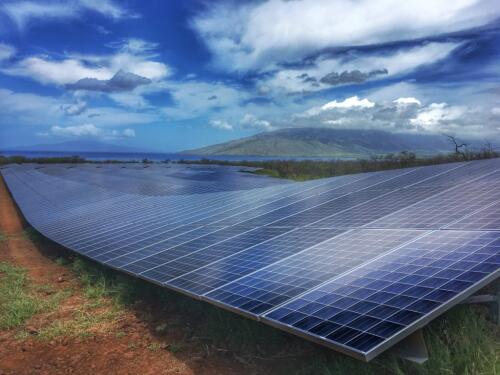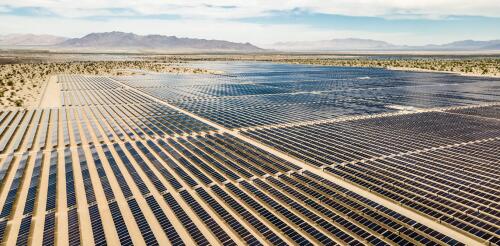Renewable energy
Hawaiian Electric will begin contract negotiations with developers of four renewable energy projects on Maui, that the company says “will further reduce Hawaii’s dependence of imported oil for power generation.” In total, Hawaiian Electric will begin negotiations with developers of 15 renewable projects, with seven on Oahu and four on Hawaii island, the company said earlier this month. Estimated completion dates for the projects on the three islands range from 2026 to 2033. On Maui, discussed will be three solar-plus-storage projects and one wind project totaling approximately 324 GWh of variable generation and 320 MWh of storage. The announcement of new contract negotiations comes as last month Hawaiian Electric and developer Innergex Renewable Energy announced the termination of an agreement for a planned grid-scale solar and battery storage project in South Maui which was hit with lengthy delays from the developer’s legal ch...
Although Vice President Kamala Harris touts clean energy and Donald Trump makes misleading assertions and false claims about it, neither candidate has set forth a comprehensive energy plan. Even if they do, a gridlocked Congress would be unlikely to pass it. Instead, the next president’s greatest influence on clean energy will come through their handling of legislation and regulations put in place since 2021 under the Biden-Harris administration. As an environmental engineer who studies energy and climate change, I expect that Harris, who has strongly supported these policies, would follow through on them, while Trump’s record as president suggests that he would try to roll them back. Trade policies toward China, the leading producer of clean energy technologies, will also be key. Donald Trump and Kamala Harris discuss clean energy policy during their presidential campaign debate on Sept. 10, 2024. Legislation and regulations Th...
The story of renewable energy’s rapid rise in Latin America often focuses on Chinese influence, and for good reason. China’s government, banks and companies have propelled the continent’s energy transition, with about 90% of all wind and solar technologies installed there produced by Chinese companies. China’s State Grid now controls over half of Chile’s regulated energy distribution, enough to raise concerns in the Chilean government. China has also become a major investor in Latin America’s critical minerals sector, a treasure trove of lithium, nickel, cobalt and rare earth elements that are crucial for developing electric vehicles, wind turbines and defense technologies. In 2018, the Chinese company Tianqi Lithium purchased a 23% share in one of Chile’s largest lithium producers, Sociedad Química y Minera. More recently, in 2022, Ganfeng Lithium bought a major evaporative lithium project in Argentina for US$962 million. In April...
The National Environmental Policy Act, enacted in 1970, is widely viewed as a keystone U.S. environmental law. For any major federal action that affects the environment, such as building an interstate highway or licensing a nuclear power plant, NEPA requires relevant agencies to analyze environmental impacts, consider reasonable alternatives and accept public input. It also allows citizens to sue if they believe government has not complied. Critics argue that NEPA reviews delay projects and drive up costs. In May 2023 negotiations over raising the federal debt ceiling, President Joe Biden agreed to certain changes to NEPA reviews, which both the White House and congressional Republicans said would streamline permitting for infrastructure projects. Legal scholars J.B. Ruhl and James Salzman explain these changes and what they mean for protecting the environment and expanding clean energy production. What kinds of projects typically require NEPA reviews? The statutory text of NE...
Hydrogen, or H₂, is getting a lot of attention lately as governments in the U.S., Canada and Europe push to cut their greenhouse gas emissions. But what exactly is H₂, and is it really a clean power source? I specialize in researching and developing H₂ production techniques. Here are some key facts about this versatile chemical that could play a much larger role in our lives in the future. So, what is hydrogen? Hydrogen is the most abundant element in the universe, but because it’s so reactive, it isn’t found on its own in nature. Instead, it is typically bound to other atoms and molecules in water, natural gas, coal and even biological matter like plants and human bodies. Hydrogen can be isolated, however. And on its own, the H₂ molecule packs a heavy punch as a highly effective energy carrier. It is already used in industry to manufacture ammonia, methanol and steel and in refining crude oil. As a fuel, it can store energy and reduce emi...




